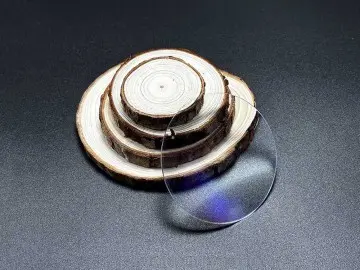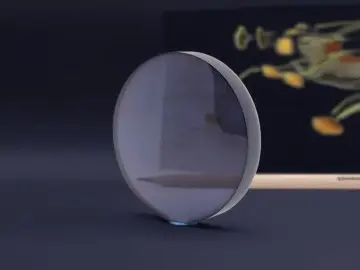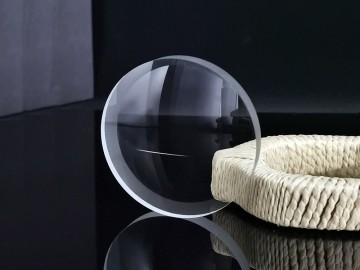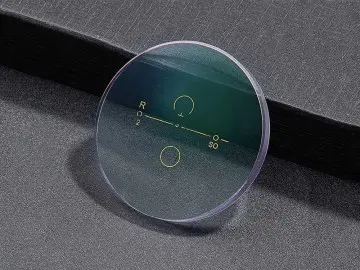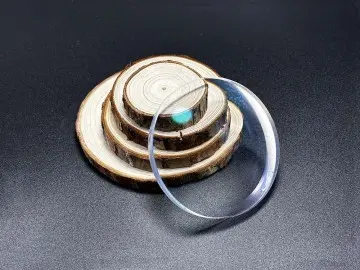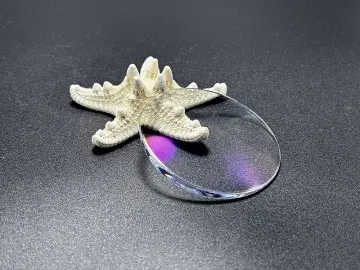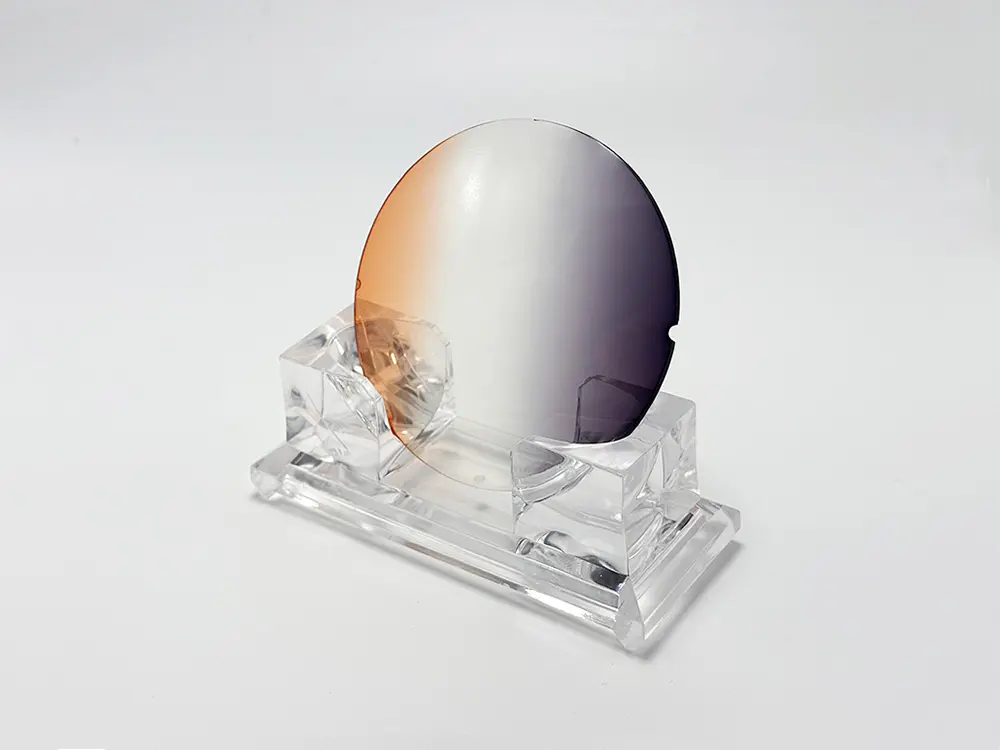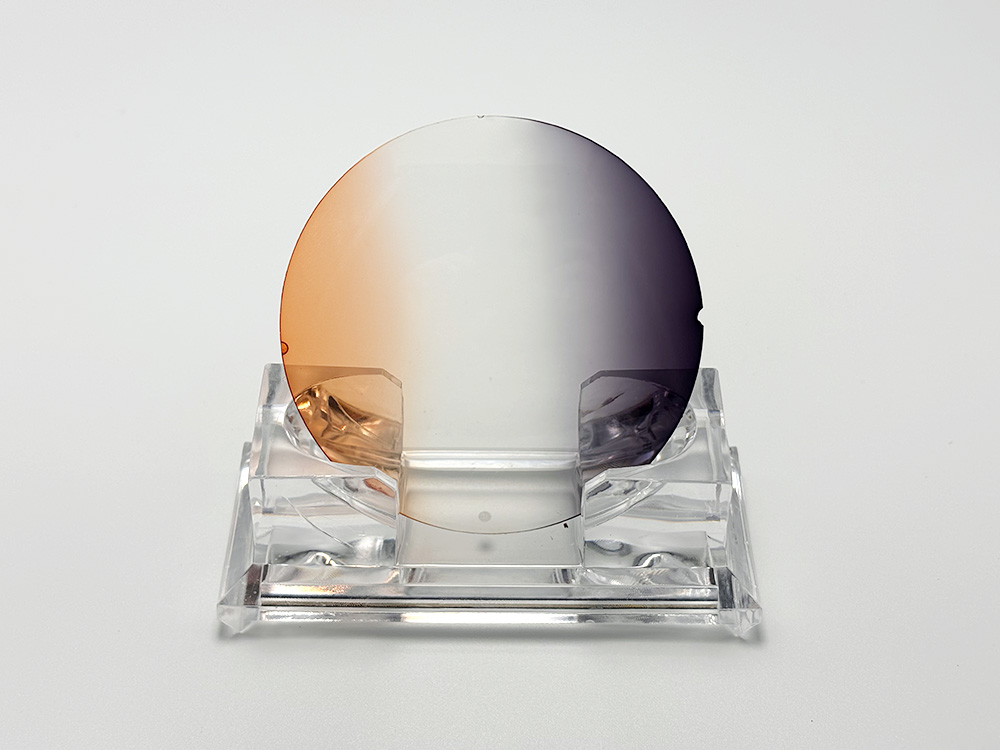Gradient Colorful Tinted Sunglass Lens
Quick Details
Material |
CR39, PC, nylon. |
Index |
Available in 1.499, 1.56, 1.60, and 1.67 for different prescriptions |
Lens Availability |
Plano and prescription available |
Color Options |
Gray, brown, G15 green and customized (solid and gradient) |
UV Protection |
UV400/UV420 |
Coating Choices |
UC, HC, HCT, HMC, and REVO coating colors |
Tinted Colors
Tinted lenses refer to a technological process that uses an immersion dyeing method, where resin lenses are immersed in hot water containing organic dyes to color them. Due to the excellent dyeing properties of resin lenses, they can be adjusted and dyed as needed.
Common dye colors include gray, green, and brown. The depth of color can be controlled to standard grades, allowing the entire lens to be dyed a uniform color or to have a gradually changing color, such as dark at the top and gradually lighter towards the bottom.
Gray Lenses: Gray tint is a very popular lens tint. Gray sunglass lenses can evenly absorb light, effectively reducing the light intensity. They will not change the original color of the scene, providing a more realistic and natural visual experience.


Green Lenses: Green sun lenses absorb infrared and ultraviolet rays as effectively as gray lenses. The light-cutting effect is slightly less than that of the gray tinted lenses, however, they are still an excellent protective lens. They offer more contrast than gray lenses and better color accuracy than brown lenses. Green lenses also reduce glare and illuminate shadows at the same time, making them ideal for both sunny and low-light environments.
Brown Lenses: Brown tinted lenses cause more color distortion than gray and green tinted lenses. They are not recommended for use on cloudy days or in low light conditions. However, it offers a cheerful color option with enhanced contrast against green landscapes and blue sky.
Red or Pink Lenses: These sunglasses lenses enhance depth of field and widen the field of view, improving driving visibility. Winter sports enthusiasts often wear these lenses while skiing. They are also the preferred lens colors for computer users and gamers, as they block blue light and reduce eye fatigue.
Blue Lenses:These blue sunglasses are both fashionable and practical, offering UV protection and reducing glare. The blue tint enhances the contours of objects, improves color perception, and has a calming effect on the eyes. They are suitable for wearing during snowy weather, water sports, or sunny leisure activities.

Care Instructions
Do not expose tinted lenses to high temperatures, humidity, or direct sunlight to prevent pigment deterioration and deformation. Avoid using ammonia, alcohol, or other harsh cleaners on tinted lenses. It is recommended to use specialized eyeglass cleaning solutions and soft cleaning cloths. Do not engrave any patterns or text on the lenses to avoid damaging the lens coating.
If tinted lenses are not used for an extended period, it is recommended to store them in a glasses case in a dry place to prevent moisture and discoloration. Be mindful of when to use tinted lenses, and avoid using them at night or in low-light conditions to ensure good visual performance and safety.


